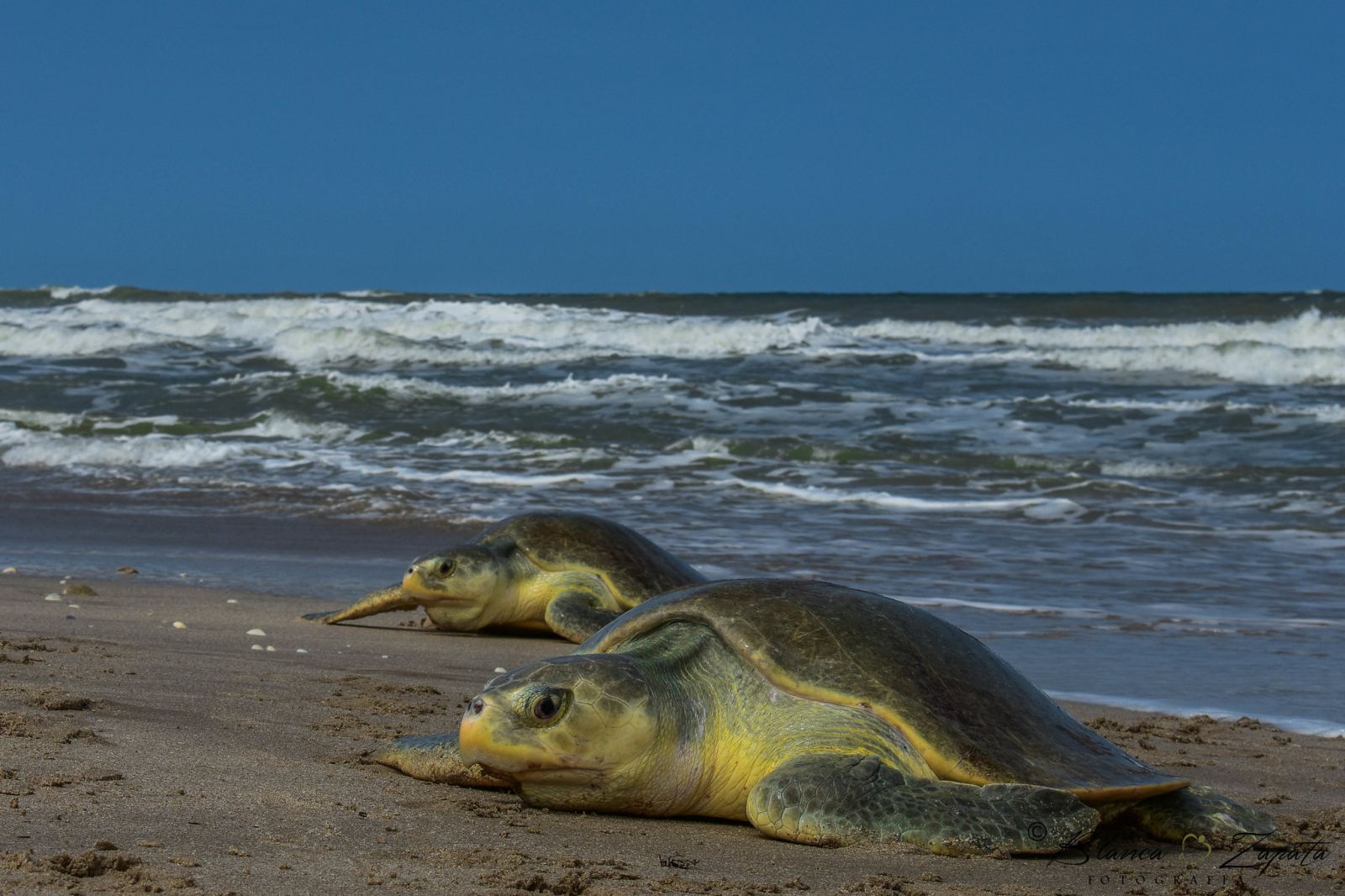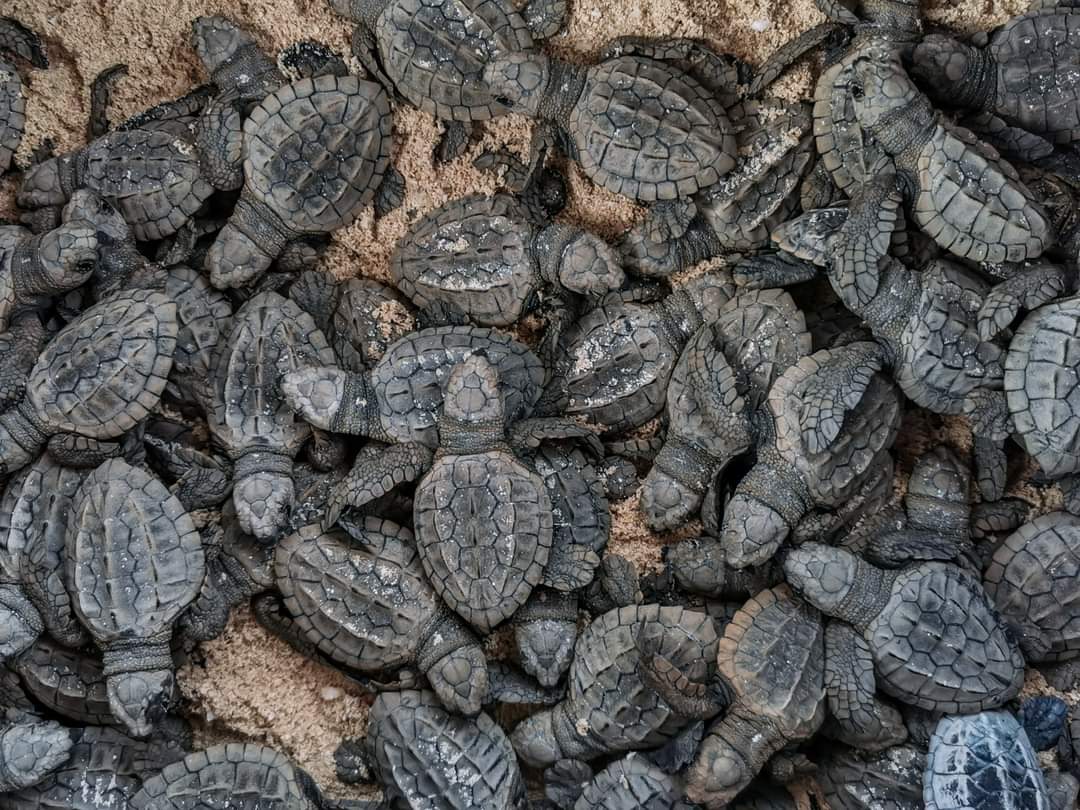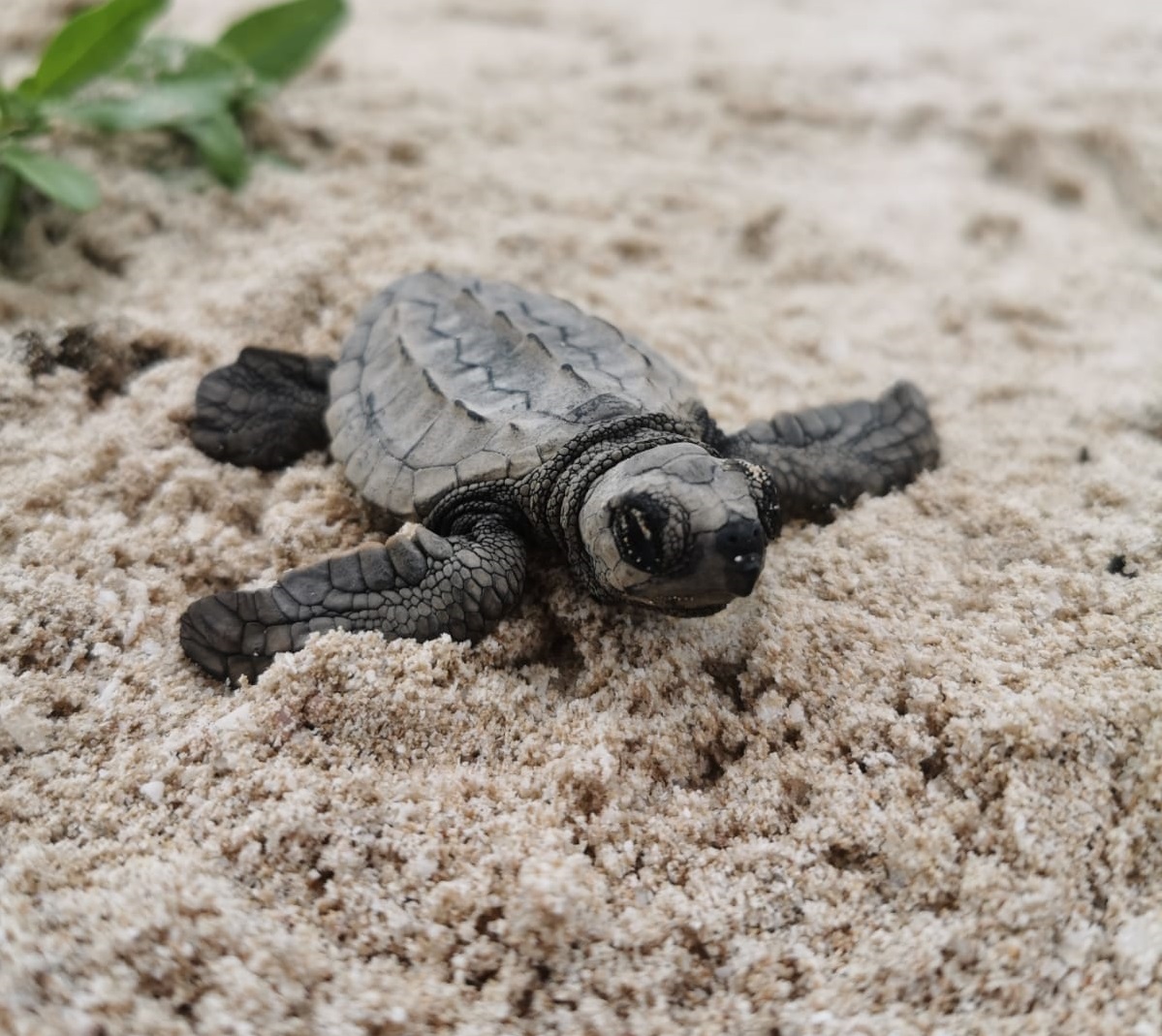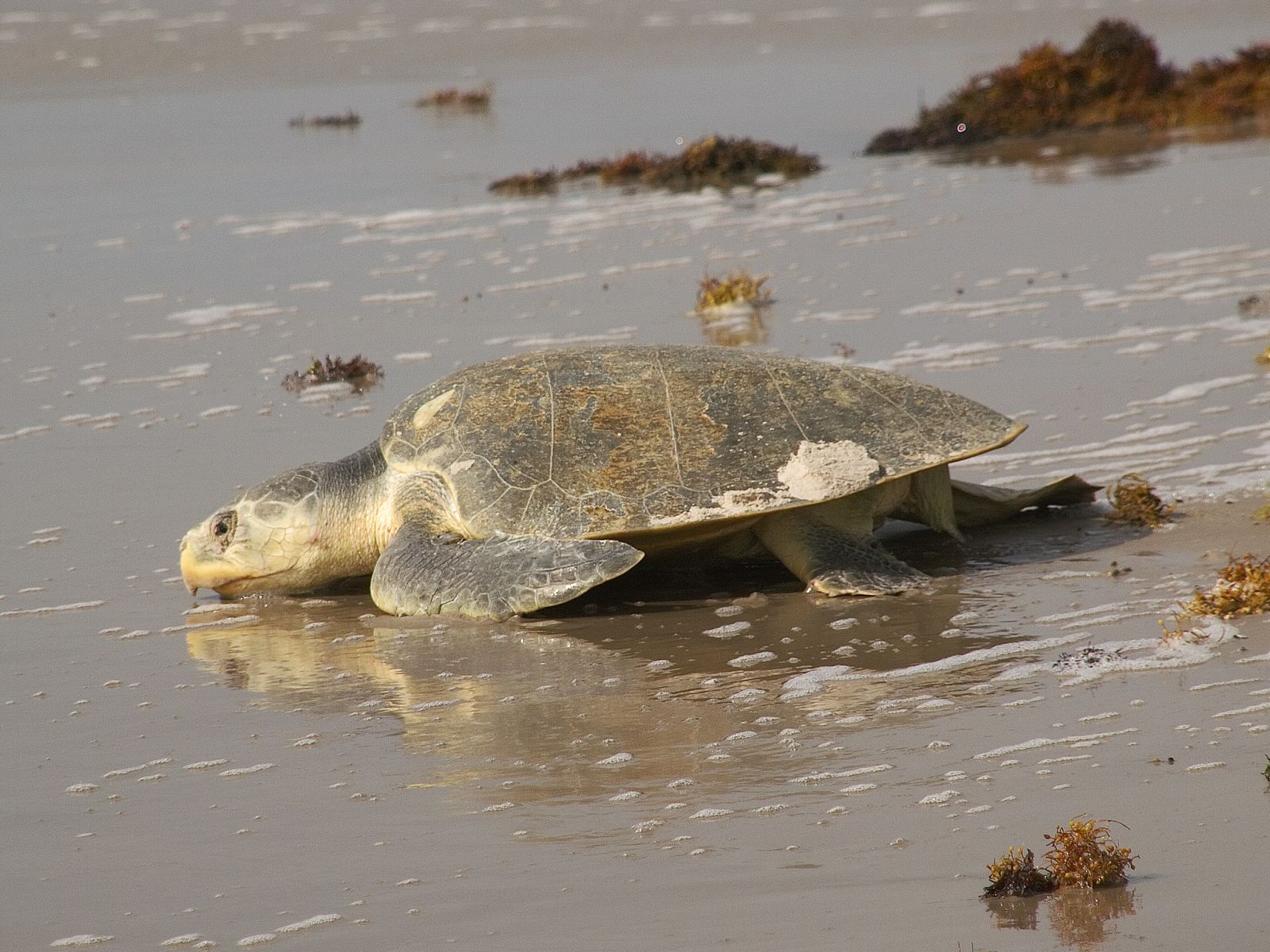YUCATÁN, MEXICO (July 09, 2021).- An unprecedented act took place on the Yucatan coast in the last 50 years. Specimens of the Kemp’s ridley turtle (Tortuga Lora) arrived to nest in the area, so the pertinent investigations are carried out to find out what are the reasons that led these specimens to travel to this territory and one of the first hypotheses is that it may be due to the change in the ocean water temperature.
Melania López Castro, the coordinator of the Program for the Conservation of the Marine Turtle of the Yucatan Peninsula, pointed out that it is still too early to know exactly why the arrival of this kind of turtle took place on the Yucatan coast.
In addition, she made it clear that the efforts to monitor and observe sea turtles began less than 50 years ago, so it is not possible to know if before this time this species did come to nest in the area.
However, the specialist commented that it is likely that its arrival is due to a change in the water temperature as a consequence of global warming.

“As a good number of sea turtles species depend on their marine biology, that is, they depend on their environmental temperature and the migratory corridors have a certain temperature and are the ones they use as a path to go to certain areas. Right now, for example, we have a strong climate change that is occurring gradually year after year, and this year in particular, with the “La Niña” phenomenon, temperatures are getting much higher” she said.
Regarding this phenomenon, she explained that one characteristic is that it has a greater effect on the Pacific coast, but in any case, it alters the climatic conditions of the whole planet in general, and therefore, the sea temperature also changes.
“So there is a change in water temperature and well, if they found ideal conditions to approach the Yucatan coast, then they come to nest here,” she explained.
Regarding the Lora turtle, Melania López explained that it is one of the smallest in size of the seven in the world.

Likewise, another peculiar characteristic is that its life cycle occurs in the Gulf of Mexico and its distribution is small compared to other species of sea turtles that can migrate thousands of kilometers between feeding and nesting areas.
Its main nesting area is in Tamaulipas since almost 90 percent of its nesting occurs there and some other nests sporadically in Texas, the United States, Veracruz, and Campeche.
It is a turtle that likes to nest during the day, unlike the other species that like to do it at night, in addition, the Kemp’s ridley turtle seeks to do it when there are very strong winds or it is very cloudy.
The specialist also shared that their sexual reproduction begins between the ages of 12 and 19, unlike the other species of turtles that begin two or three decades after they are born.

Its arrival in Yucatán this year is a unique event and although it is unknown if the Tortuga Lora will return by 2022, the specialists in its monitoring will be waiting for them to come back, especially to define if it is a species that arrives sporadically.
In the state, the species of sea turtles that nest most frequently are the White or Green that nests on the coast of Las Coloradas or El Cuyo, mainly and the Carey that reaches Celestún.
This time the Lora species chose the beaches near Progreso and the people in the area are called upon to notify the authorities if they see a turtle of this species or another for its care, monitoring, and protection.
In Mexico, the olive ridley turtle is considered critically endangered and is on the red list of the International Union for the Conservation of Nature (IUCN).

Source: La Jornada Maya


